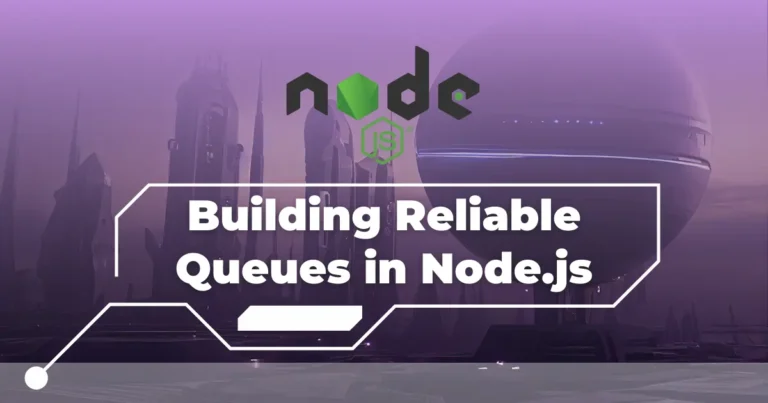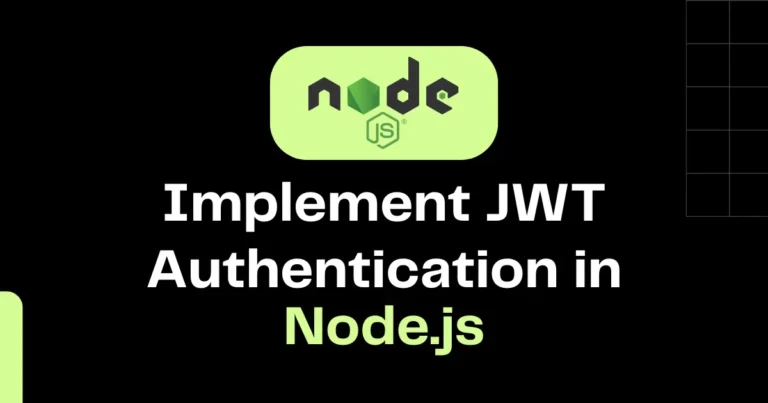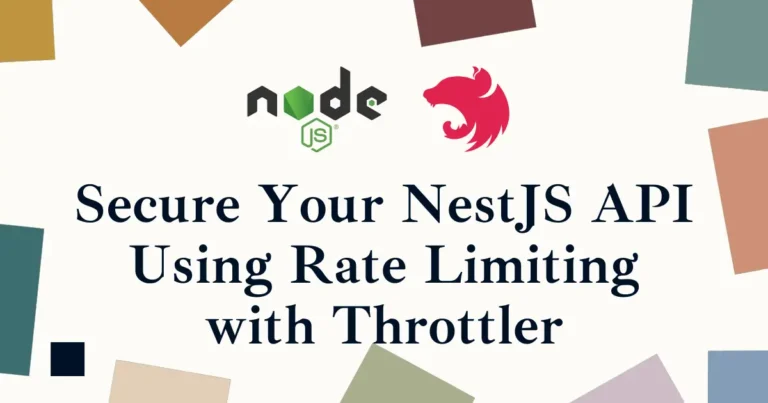How to Validate API Requests in Node.js Express Using Joi
While working with APIs, the validation of requests in Node.js and Express is no longer optional. Every day, users send broken, missing, or even malicious data. In this guide, you’ll learn how to validate API requests within Node.js Express by using Joi in a clean and very scalable way that suits real projects. We’ll go










